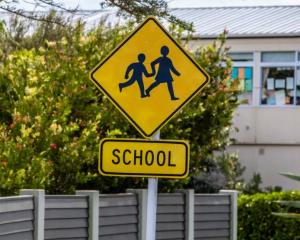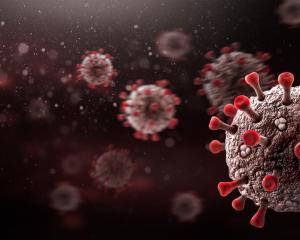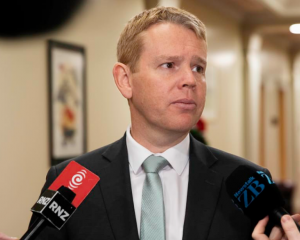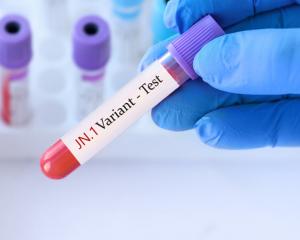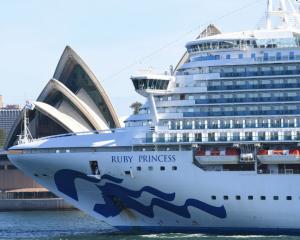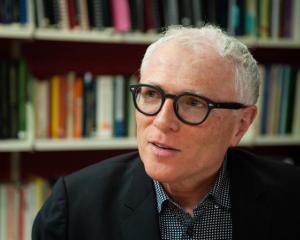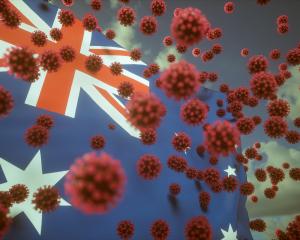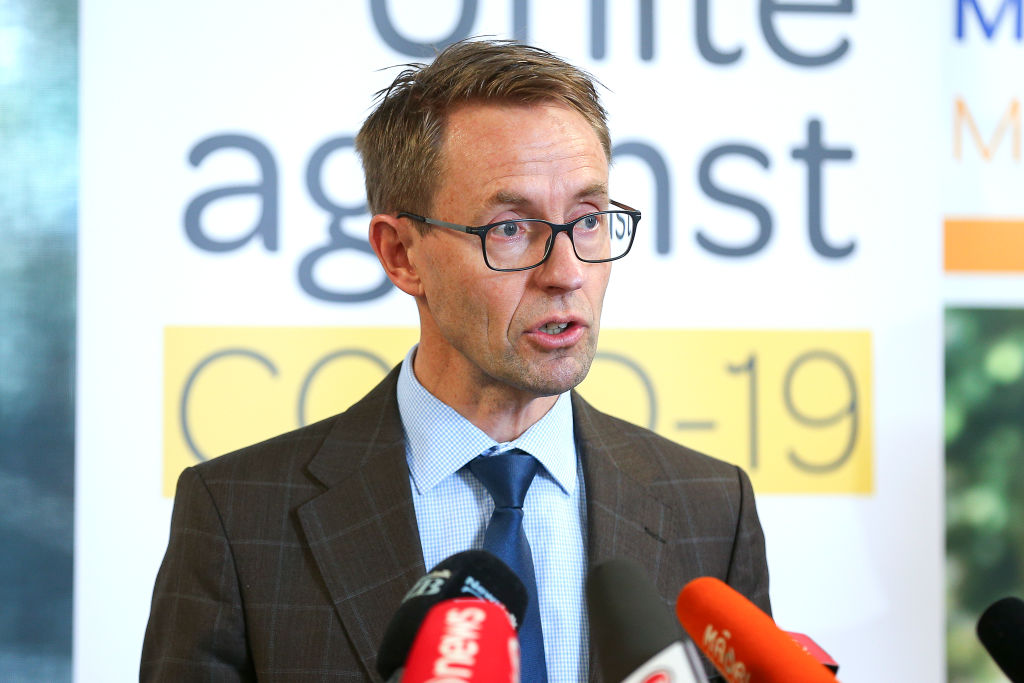
As of Tuesday New Zealand had gone five days without any new community cases - the longest run since the marine engineer tested positive for the virus on October 16.
Just one new case in managed isolation was announced on Tuesday - a young boy aged between 1-4, who arrived in New Zealand with family from the UK.
Director general of health Dr Ashley Bloomfield also announced health officials had contacted all close and casual contacts of the marine engineer and all had tested negative.
Overall there had been nearly 40,000 tests since the case was announced.
This was despite two of the man's colleagues, who also boarded the foreign vessel Sofrana Surville, testing positive and visiting a range of Auckland venues including Malt Bar in Greenhithe on the Friday evening, along with a gym, bank and several stores.
While the potential for an outbreak would remain until two full incubation cycles after October 16 - 28 days - so far it appears the city may have dodged a bullet that could have potentially plunged it back into lockdown.
Infectious diseases expert Professor David Murdoch said the main takeaway from the rapid containment of the cluster was that the system is working as intended.
"It has been picked up quickly, we've managed to find the source - unlike the previous outbreak, there's been rigorous contact tracing and genome sequencing."
The use of the Covid tracer app was also significantly higher than prior to the Auckland Cluster in August that sent the city into lockdown.
In the days before the first person returned a positive test on August 11, scans had been averaging about 30,000.
Before these latest cases it was close to 700,000, though it was down from a peak of 2.5 million in September.
The fact an infected person had been in a crowded bar on a Friday evening, what could have been a "super spreader" event, and there had so far been no repercussions was not necessarily just luck, Murdoch said.
"Not knowing the exact details, but it appears they'd only been exposed that morning, so that is fairly early on and might be the reason they were not infectious."
Epidemiologist Dr Michael Baker said while this border failure, and three others recently with an identified source, had all been managed and contained effectively, ideally Covid-19 would not be arriving in the first place.
He expected the Ministry of Health to conduct thorough investigations of each one and make them public so they could be evaluated.
"There will continue to be a risk with airports and seaports, but with each failure we need to clearly identify what has gone wrong so it does not happen again.
"In this case it appears a maritime worker has been in contact with a foreign crew that has not gone through the normal managed isolation system, so that is something that might need to be addressed."
Aside from border issues, Baker said the best public response was to stay home if people felt sick and get tested if necessary.
In lieu of a bluetooth solution, Baker said people should keep using the Covid Tracer app if they have it.
Bloomfield also announced on Tuesday a child had tested positive for Covid-19 upon arrival in Japan - despite testing negative for the virus in New Zealand.
Health authorities were investigating and reaching out to all contacts, but Bloomfield said it was likely a "false positive" and "very low risk".


